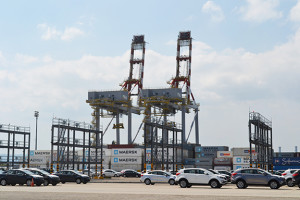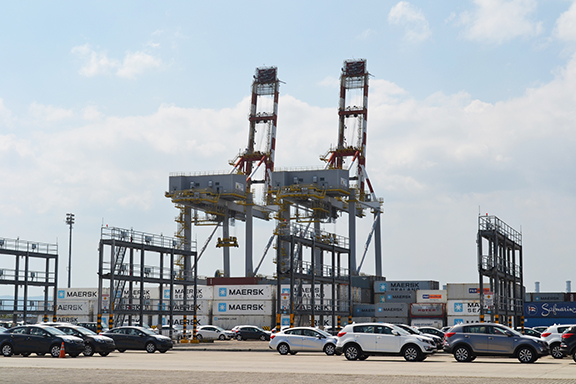 Listed port operator Asian Terminals Inc. (ATI) reported a 58.3% increase in net income to P1.9 billion in 2014, up from P1.2 billion in 2013 due to the robust growth of cargo volume at its Batangas operations, and added it will continue its aggressive expansion drive this year.
Listed port operator Asian Terminals Inc. (ATI) reported a 58.3% increase in net income to P1.9 billion in 2014, up from P1.2 billion in 2013 due to the robust growth of cargo volume at its Batangas operations, and added it will continue its aggressive expansion drive this year.
In a disclosure to the Philippine Stock Exchange, ATI said revenues grew 25.4% to P8.24 billion from P6.57 billion in the previous year.
The positive performance was due to higher international containerized cargo volumes in Batangas Container Terminal (BCT), higher non-containerized volumes handled in Port of Batangas, and higher revenues from its inland clearance depot, according to the port operator.
In 2014, BCT handled a record volume of over 98,000 twenty-foot equivalent units (TEUs) of international containers, up 762% from the recorded volume in 2013. ATI said Batangas Port remained South Luzon’s biggest passenger port and preferred gateway for imported completely built cars, as well as bulk and break-bulk cargoes.
Combined with Manila South Harbor’s 2014 volume, ATI handled 1.02 million TEUs, up 8.6% from 2013.
ATI also said it is sustaining its most aggressive capital investment program in over two decades, as it earmarks P2.8 billion for this year to continuously upgrade and expand its port facilities in support of the growing Philippine economy.
Sourced from internal funds, the planned capital expenditures will be used to acquire more container-handling equipment, upgrade port systems and technologies, and develop new container storage areas within the Manila South Harbor expanded port zone and the Batangas Port. Earlier, ATI said it will increase to 23 its rubber-tired gantries at Manila South Harbor, adding five more RTGs in the second quarter for a fleet expansion of 50% since 2012. Its side loader fleet was likewise doubled with the deployment of six more in February this year.
ATI said these investments are aligned with its commitments with the Philippine Ports Authority. — Text and photo by Roumina Pablo





